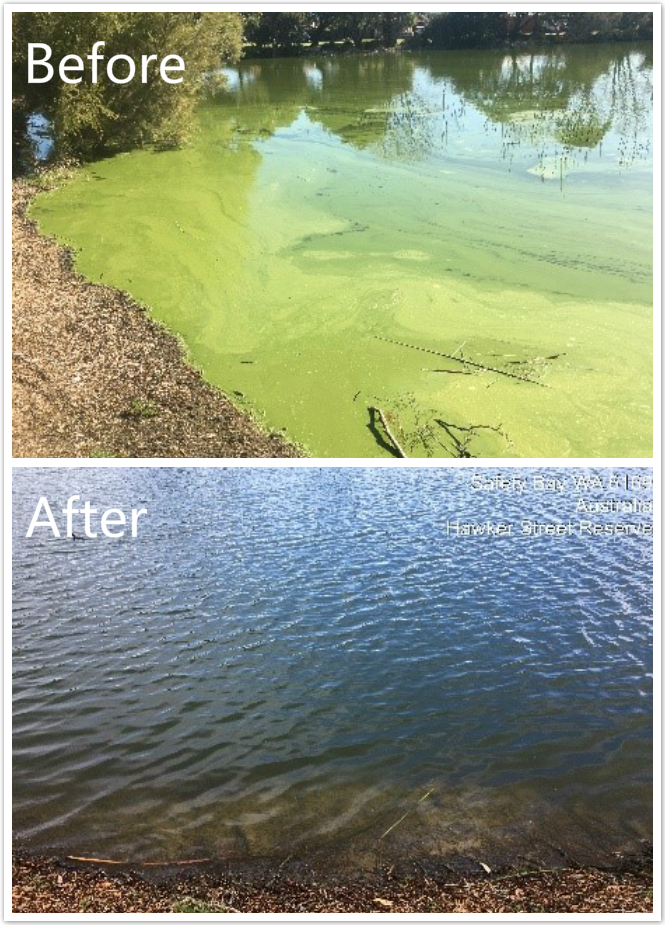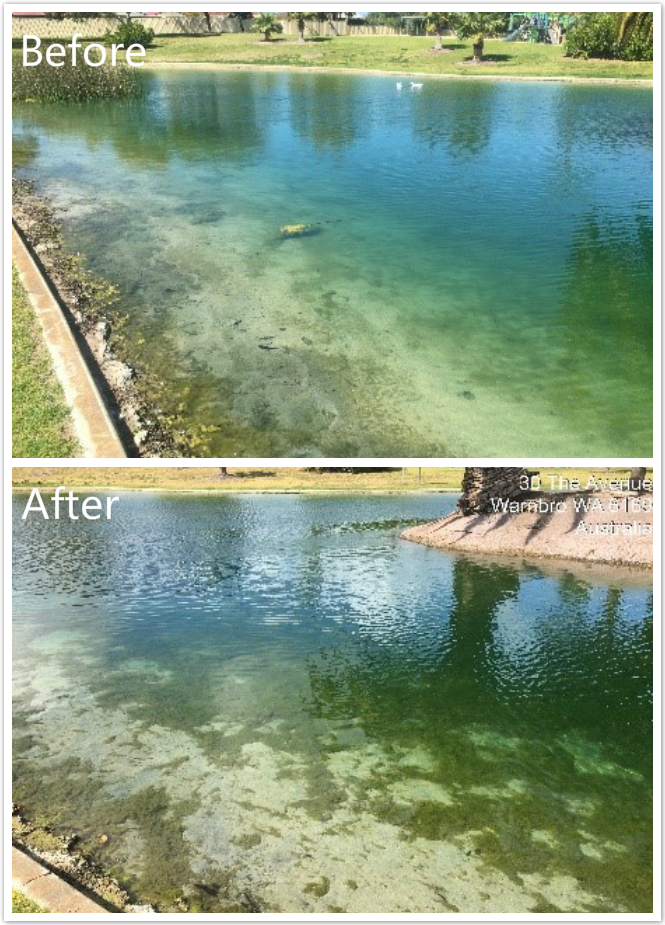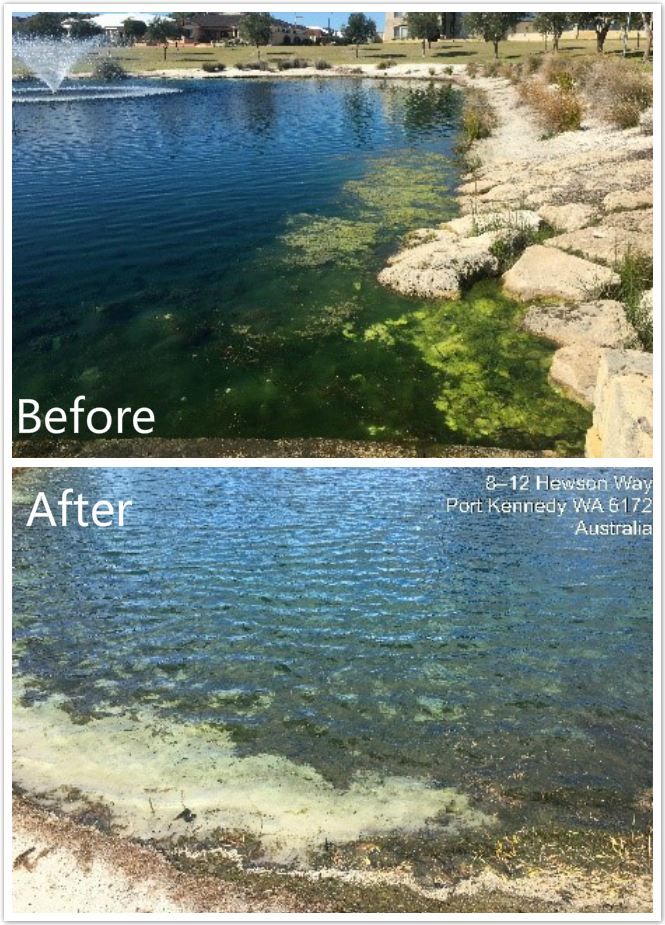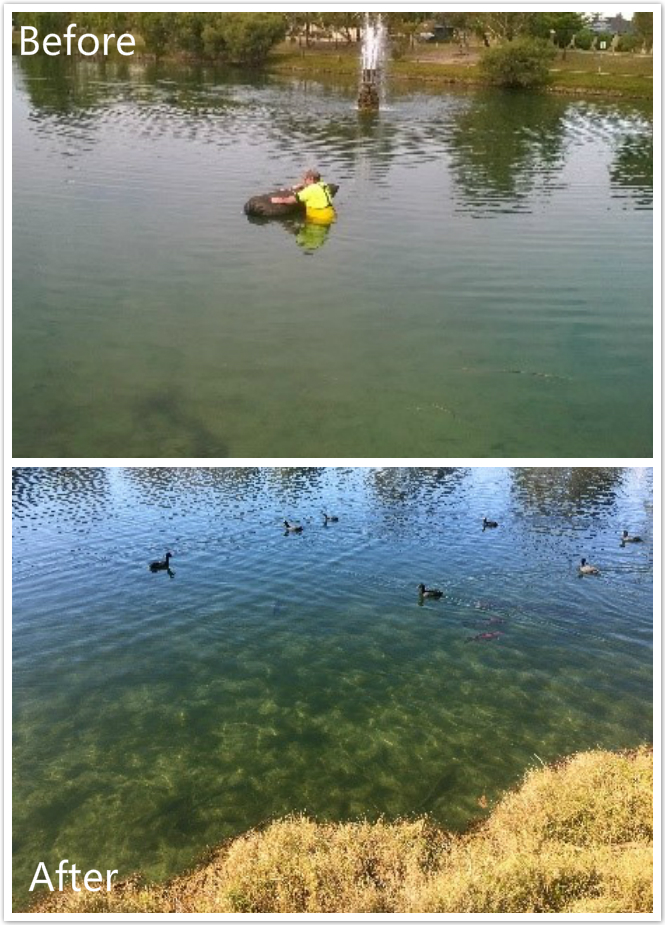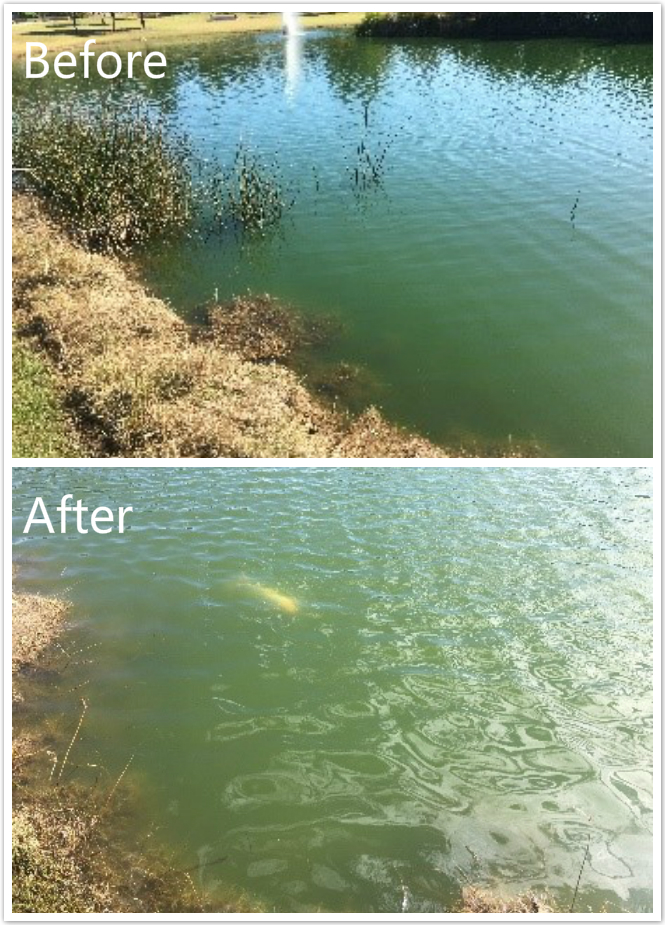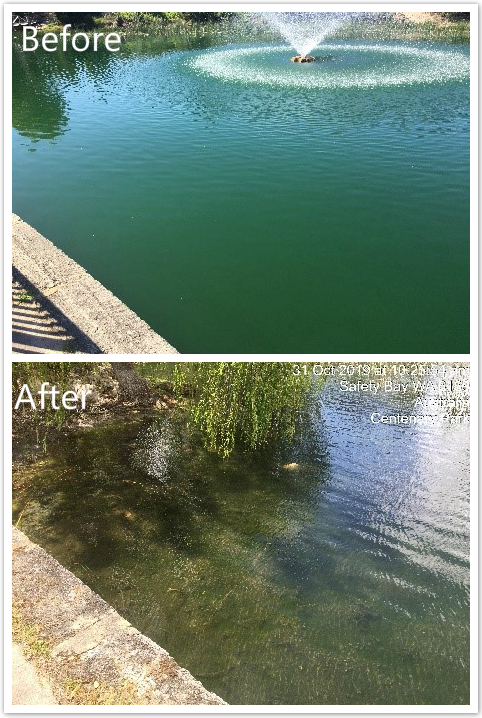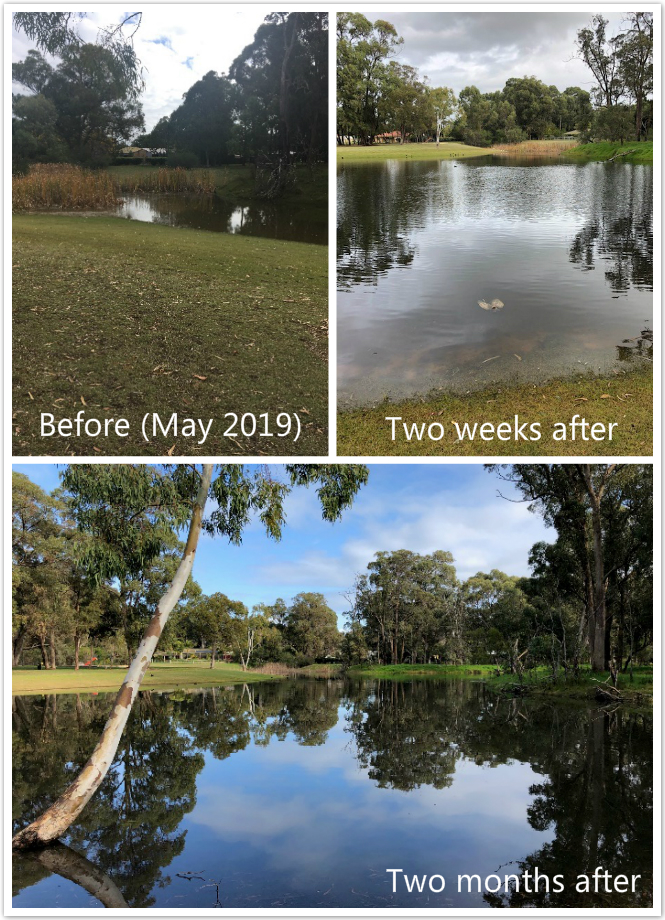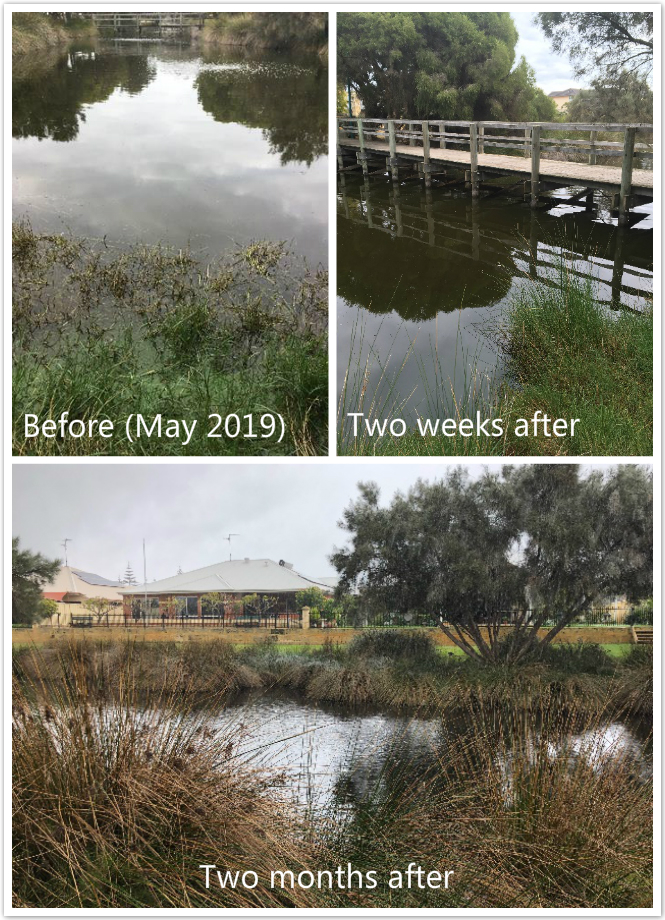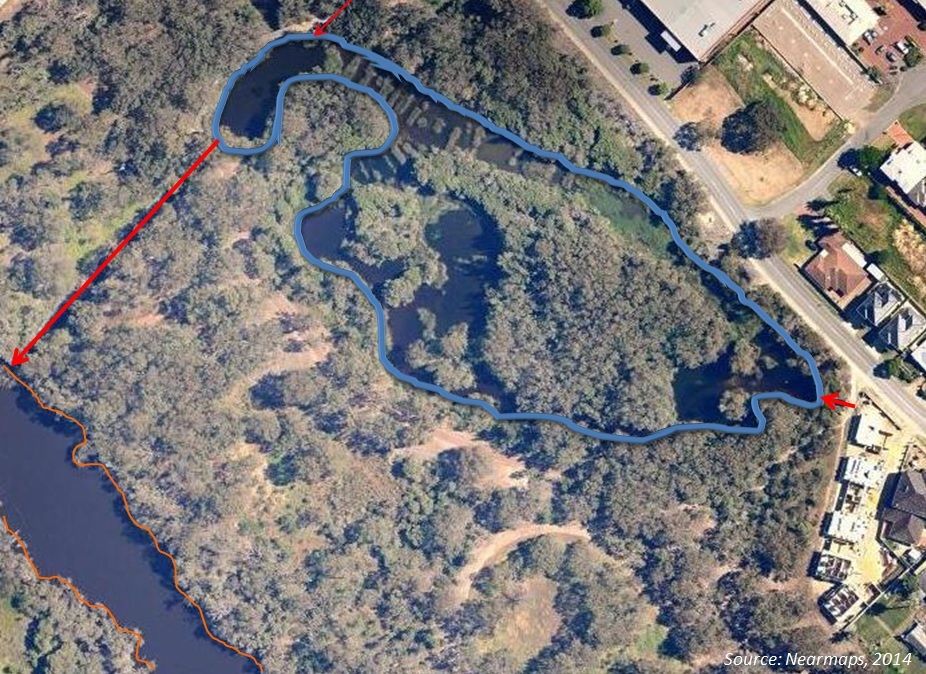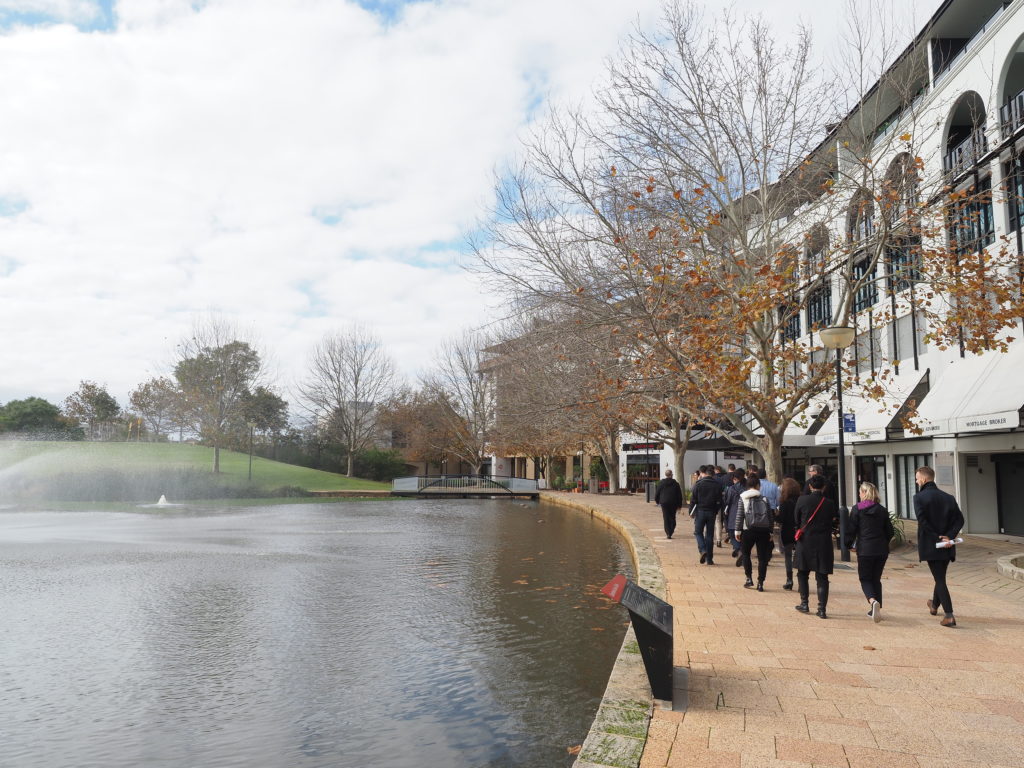Soilzyme Trial Treatment, Hawker Reserve Lake
Water all year around is green, has surface algae
Read MoreTrial of Simplot products (Blast, Vista and Aquasphere), The Avenue Lake
Water can become green with floating and filamentous algae
Read MoreTrial of Simplot products (Blast, Vista and Aquasphere), Amadeus Reserve Lake
Water can become green, with floating and filamentous algae
Read MoreBarley straw treatment trial – Chelmsford Reserve Lake
Has outbreaks of algae when temperatures are higher and nutrient levels are increased.
Read MoreBarley straw treatment trial – Bayeux Reserve Lake
Water is green all year round, no floating algae
Read MoreAquaritin treatment trial – Centenary Reserve Lake
Water all year around is green, no floating or filamentous algae
Read MorePhoslock Treatment Trial – Lyndhurst Place Lake
The waterbody has a natural groundwater connection due to the low groundwater table. The lake is not supplied with any further groundwater via a bore system. There are four storm water inlets connected to the waterbody, which provide annual stormwater from residential areas and parks runoff. The waterbody has no aerators or active mixing. Ongoing water quality monitoring reports that the water is consistently high in nutrients.
Read MorePhoslock Treatment Trial – Cox Bay North Lake
The waterbody has a natural groundwater connection due to the low groundwater table. The lake is not supplied with any further groundwater via a bore system. The waterbody has a disconnected drainage network with stormwater only entering the lake on big rainfall events via one bubble-up storm water outlet. The waterbody receives stormwater from residential areas and parks runoff. The waterbody is supplied with oxygen and mixing via five aerator diffusers run by solar power. The water quality experiences ongoing sources of nutrients and is continuously eutrophic with high levels of phosphorus.
Read MoreDrainage nutrient intervention – Liege St Wetlands
Liege Street Wetland focus areas Located on the Canning Plain, a priority catchment in which to reduce nutrients.
Read MoreDrainage nutrient intervention and treatment – Claisebrook Lake
The primary function of Claisebrook Lake is to provide water storage for irrigation of 10 ha of parkland and streetscape throughout East Perth. It is managed by the parks team at the City of Perth.
Read MoreAquasphere Pro Treatment Trial – Mary McKillop Reserve
Seasonal wetland /drainage basin with high winter water levels and lower summer water levels. High levels of organic matter and detritus present. Nutrient inputs from birds and surrounding drainage network. Experienced a microcystis algae bloom (blue green algae) in late summer 2019. Installed health warning signs advising against direct water contact activities for humans and animals are installed. The City experiences periodic algal blooms in a number of stormwater retention lakes as water levels drop and temperatures increase.
Read MoreAquaritin Treatment Trial – Lake Subiaco Common, Lake Mabel Talbot, Lake Jualbup
Treatment of Lake Subiaco Common began in January 2019, and began in May 2019 for Lake Mabel Talbot and Lake Jualbup.
Read MorePhosphorus-binding clay (HT-clay) Treatment Trial – Lower Vasse River
Owing to increased inputs of nutrients from catchment sources, and the still conditions created by impoundment, the Lower Vasse River is eutrophic. Extremely high nutrient concentrations, particularly phosphorus, and ideal physical conditions drive severe seasonal algal blooms for up to seven months from November to May. Algal blooms cause unsightly water discoloration and scums and unpleasant odours. These blooms are often dominated by blue-green algae (cyanobacteria) which are potentially toxic and close the waters to public use.
Read More
